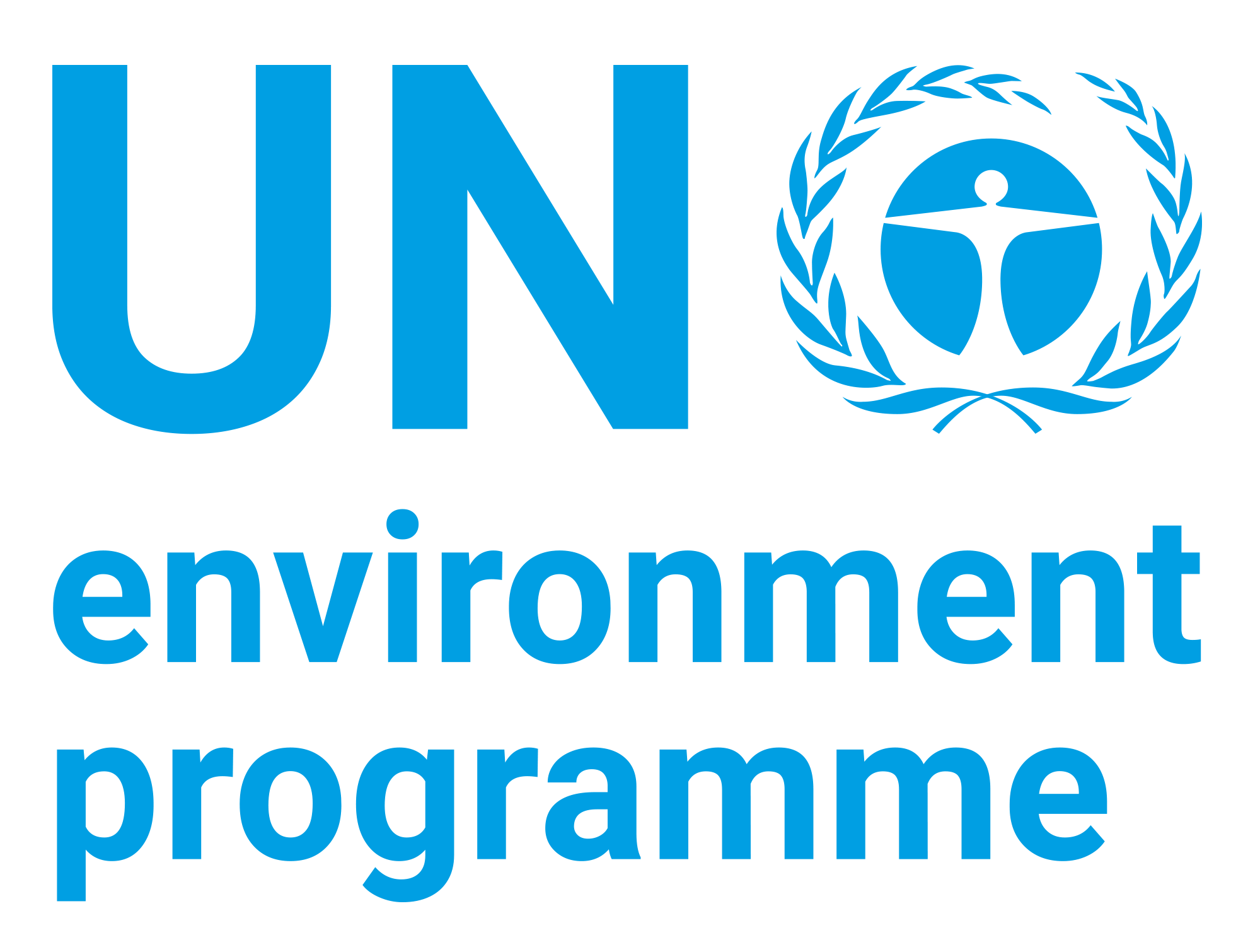| dc.contributor | International Resource Panel | en_US |
| dc.contributor.author | United Nations Environment Programme | en_US |
| dc.contributor.author | International Resource Panel | en_US |
| dc.coverage.spatial | Global | en_US |
| dc.coverage.spatial | Australia | en_US |
| dc.coverage.spatial | Brazil | en_US |
| dc.coverage.spatial | Chile | en_US |
| dc.coverage.spatial | China | en_US |
| dc.coverage.spatial | Egypt | en_US |
| dc.coverage.spatial | France | en_US |
| dc.coverage.spatial | Germany | en_US |
| dc.coverage.spatial | Honduras | en_US |
| dc.coverage.spatial | India | en_US |
| dc.coverage.spatial | Indonesia | en_US |
| dc.coverage.spatial | Japan | en_US |
| dc.coverage.spatial | Mexico | en_US |
| dc.coverage.spatial | Nigeria | en_US |
| dc.coverage.spatial | Pakistan | en_US |
| dc.coverage.spatial | Poland | en_US |
| dc.coverage.spatial | Russian Federation | en_US |
| dc.coverage.spatial | Saudi Arabia | en_US |
| dc.coverage.spatial | South Africa | en_US |
| dc.coverage.spatial | Republic of Korea | en_US |
| dc.coverage.spatial | United States of America | en_US |
| dc.coverage.spatial | Viet Nam | en_US |
| dc.date.accessioned | 2017-08-15T09:03:09Z | |
| dc.date.available | 2017-08-15T09:03:09Z | |
| dc.date.issued | 2016 | |
| dc.identifier.isbn | 978-92-807-3554-3 | en_US |
| dc.identifier.other | DTI/1974/PA | en_US |
| dc.identifier.uri | https://wedocs.unep.org/20.500.11822/21557 | |
| dc.description | This report finds that global material use has tripled over the past four decades, with annual global extraction of materials growing from 22 billion tonnes (1970) to 70 billion tonnes (2010). It also provides a new material footprint indicator, reporting the amount of materials that are required for final consumption, which sheds light on the true impact of economies. By relating global supply chains to final demand for resources, the indicator is a good proxy for the average material standard of living in a country. It indicates that the level of development and well-being in wealthy industrial countries has been achieved largely through highly resource-intensive patterns of consumption and production, which are not sustainable, even less replicable to other parts of the world. | en_US |
| dc.format | Text | en_US |
| dc.language | English | en_US |
| dc.relation.ispartof | IRP Reports | |
| dc.rights | Public | en_US |
| dc.subject | sustainable consumption | en_US |
| dc.subject | resource conservation | en_US |
| dc.subject | Australia | en_US |
| dc.subject | Brazil | en_US |
| dc.subject | Chile | en_US |
| dc.subject | China | en_US |
| dc.subject | Egypt | en_US |
| dc.subject | France | en_US |
| dc.subject | Germany | en_US |
| dc.subject | Honduras | en_US |
| dc.subject | India | en_US |
| dc.subject | Indonesia | en_US |
| dc.subject | Japan | en_US |
| dc.subject | Mexico | en_US |
| dc.subject | Nigeria | en_US |
| dc.subject | Pakistan | en_US |
| dc.subject | Poland | en_US |
| dc.subject | Russian federation | en_US |
| dc.subject | Saudi Arabia | en_US |
| dc.subject | South Africa | en_US |
| dc.subject | United States | en_US |
| dc.subject | Viet Nam | en_US |
| dc.title | Global Material Flows and Resource Productivity: Assessment Report for the UNEP International Resource Panel | en_US |
| wd.identifier.newrelease | No | en_US |
| wd.identifier.sdg | SDG 12 - Responsible Consumption and Production | en_US |
| wd.identifier.pagesnumber | 200 pages | |
| wd.identifier.sdgio | http://purl.unep.org/sdg/SDGIO_00000046 | |


